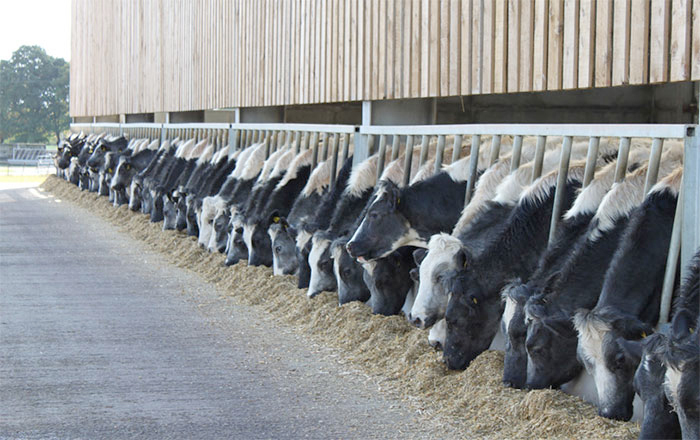
The abolition of milk quotas in Europe on 1st April has resulted in a number of leading institutions providing forecasts about what this will mean to the dairy sector in the future:
The EU Short Term Agricultural Outlook Report estimates that there will be a moderate, 1% increase in milk production in Europe this year to 162 million tonnes, and a further 1% to 163 million tonnes in 2016. The limited forecast is due to the unexpected strong increase in production levels seen in 2014 of 5% (i.e. 6 million tonnes).
Rabobank forecasts that in the short term, milk production will become more concentrated in key milk producing regions of Northern and Western Europe, which have previously been restricted by quotas.
Average production is set to grow by only a further 4 million tonnes until 2020 – although this will depend on farmgate milk prices over this period. In the medium term, farmers competitiveness will be tested, as competition within the industry becomes global. Medium term growth will be driven by population growth, urbanisation, globalisation of diets and increasing disposable incomes. Processors in the EU that want to expand their business will most likely be looking to international markets for growth.
The top 14 milk producing countries in Europe will increase their production by anywhere between 6.8 and 23.2 billion litres per annum by 2020 following the ending of the milk quota regime in April according to a major research project carried out by Promar International, called “The European dairy Industry towards 2020”.
Although milk quotas have been a feature of the EU dairy landscape since 1984, their impact on the industry in the last 5 – 10 years has been limited in many countries.
However, many countries are taking the cessation of the scheme as a signal to increase production, with the biggest increases likely to be seen in France, Germany, Ireland, Poland, the UK and the Netherlands.
With low level demand growth for many dairy products in Europe, it is inevitable that almost all additional milk produced will have to be exported. This means the growth of EU milk production will be heavily influenced by global dairy prices and driven mainly by external factors including weather, supply and demand shocks and input prices.
